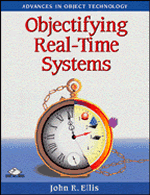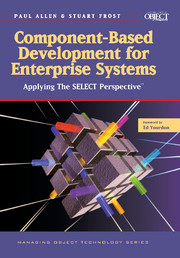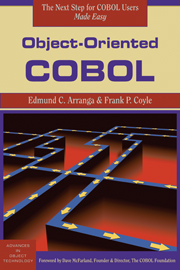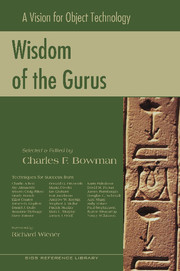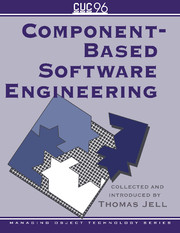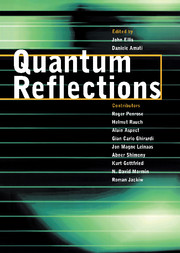Objectifying Real-Time Systems
Objectifying Real-Time Systems presents a comprehensive approach for creating a real-time information processing system requirements model. Drawing on twenty-seven years of development experience, the author expertly guides the reader through the steps of objectifying real-time systems. He exemplifies the evolution of popular Real-Time Structured Analysis (RTSA) techniques into the object development era - Real-Time Object-Oriented Structured Analysis (RTOOSA). Over 100 helpful figures and examples are provided to illustrate how RTOOSA products represent the requirements of such systems. The accompanying diskette contains the source programs that are used as examples throughout the book, enabling the reader to experiment and verify executions without having to key in code. First being introduced to the basic concepts of object-oriented programming, the reader then learns how to create each of the six RTOOSA Requirements Model products and also learns how these products interact to allow verification of a complete and consistent model. As RTOOSA is an evolutionary extension of proven concepts of modern object-oriented technology, the reader will find Objectifying Real-Time Systems a significant aid in objectifying their own non-object-oriented systems.
- Contains diskette which holds the source programs used as examples, enabling the reader to experiment and verify without keying in the code
- Examples written in simple TurboPascal language making it easy to understand the introduction to object methodology
- Teaches use of the six RTOOSA Requirements Model products and how they interact to allow verification of a complete and consistent model
Product details
February 1998Mixed media product
9780131255500
524 pages
230 × 179 × 36 mm
1.075kg
Unavailable - out of print November 2004
Table of Contents
- Part I. Everything You Need to Know About Objects:
- 1. The object oriented model
- 2. Inheritance from the family tree
- 3. Inheritance with virtual methods
- 4. Encapsulation: wall around objects
- 5. Dynamic object: runtime instances
- 6. Polymorphic objects
- 7. Reusable objects
- Part II. Specifying a System the Object-Oriented Way:
- 8. Software requirements definition
- 9. The requirements model
- 10. The External Interfaces Diagram
- 11. The external events/response list
- 12. Object relationship diagrams
- 13. Object flow diagram notations
- 14. Building object flow diagrams
- 15. The data dictionary
- 16. Following requirements analysis
- Appendices.

